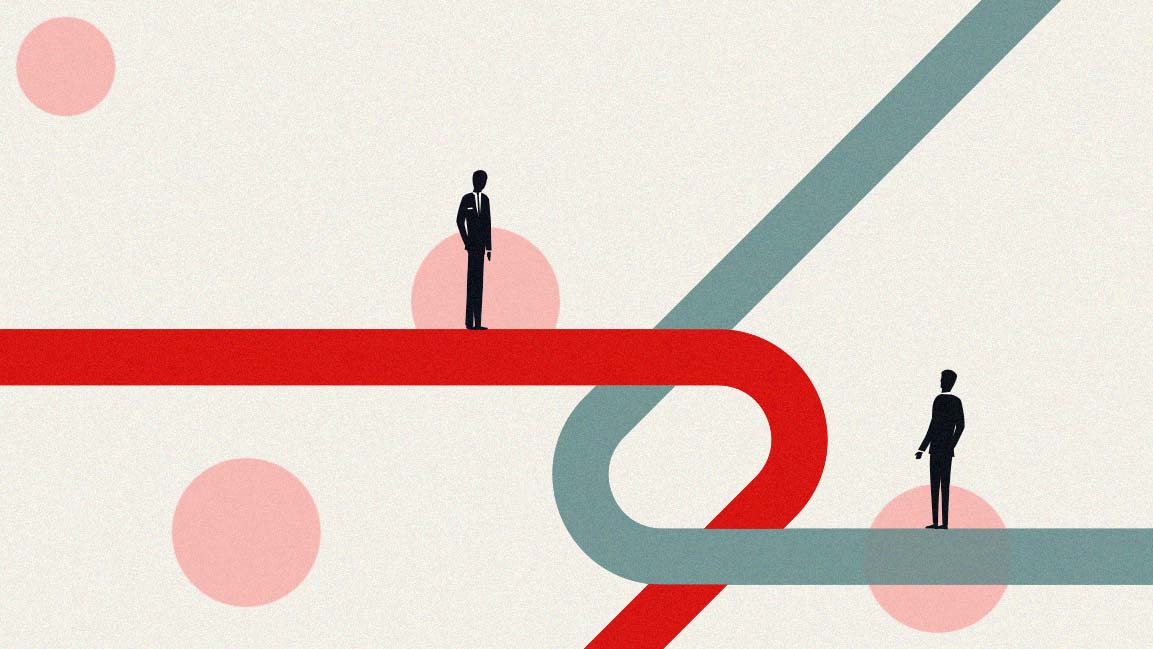- | 9:00 am
Inflation is hitting consumers. How can brands keep them loyal?
Experts discuss how businesses weather economic uncertainties and sustain loyalty amidst rising costs.

Inflation presents a formidable challenge for brands. The steady price rise affects consumers’ purchasing power, increasing price sensitivity and shifting spending behaviors. To navigate these uncertainties effectively, businesses must adapt to retain their customer base and sustain growth.
According to the 2023 Gartner Consumer Cost-of-Living and Price Sentiment Survey, 90% of consumers sought cheaper alternatives in at least one product category. Inflation is causing financial strain for households, with one-third reporting significant impacts. Additionally, consumers fear that businesses are raising prices primarily to increase profits, as indicated by 45% of surveyed consumers.
Experts agree that inflationary pressures can strain the delicate balance between retaining and attracting new customers, necessitating a strategic reevaluation of customer relationship management practices.
“Consumers are becoming increasingly price-sensitive, seeking better value for their money. Brands often overlook the need for transparent pricing strategies and fail to offer affordable alternatives or value-added promotions to alleviate financial strain. These pain points present a unique market opportunity for brands willing to address them proactively,” says Dr. Sean Lochrie, Assistant Professor at Heriot-Watt University Dubai.
Rising costs have given consumers tough choices, including whether to stick with familiar brands or choose cheaper alternatives.
In this trade-off, the bad news is that consumers are abandoning brands due to rising prices.
“Inflation’s impact on consumer purchasing power necessitates strategic adaptations from businesses,” says a marketing strategist and consultant Sachin Bhardwaj.
Understanding the intricacies of customer loyalty in the context of inflation is paramount for businesses aiming to navigate uncertain economic landscapes while sustaining growth and profitability.
VALUE FOR MONEY
For brands aiming for customer loyalty, the key is empathy.
By implementing cost-saving measures, such as bulk discounts or loyalty programs, brands can attract budget-conscious shoppers and differentiate offerings in a competitive market, says Dr. Lochrie.
“Embracing flexibility also empowers businesses to swiftly respond to changing market conditions, ensuring continued customer affordability and value during economic uncertainty. Ultimately, agility can create stronger customer relationships and enhance brand resilience to deal with inflationary pressures,” he adds.
Consumers are increasingly open to trying cheaper brands. Discount shopping and online marketplaces make affordable options more accessible. Businesses must adapt by offering competitive pricing and effective marketing strategies.
As per Ihab Ghazal, Founder and CEO of Reach, a Dubai-based marketing agency, understanding customer’s pain points can reap countless rewards. “Curated marketing solutions play a crucial role in retaining clients; it could yield substantial results such as higher sales, better brand awareness, and elevated brand perception,” he adds.
For brands seeking to retain customers, several sure shots include offering coupons to existing customers; offering exclusive coupons to current customers might be one of the few strategies to retain their loyalty. For those consumers who have opted to switch brands amid rising inflation, incentives like rebates and cash-back deals would be welcomed.
As per research, nearly half (49%) of consumers who downgraded their purchases expressed interest in such promotions. It’s worth considering reinvesting in affiliate marketing channels, which enable retailers to present cash-back or exclusive offers to consumers. This strategy can prove to be cost-effective compared to other marketing strategies during times of budget constraints, as marketers only pay for actual performance.
Ghazal shares an example of how creating a cashback framework for one of his clients gave them a 30% increase in their sales within the first few months due to the retained customers who want to benefit.
Consumers seek reassurance and value in their purchases in uncertain climates.
According to Bhardwaj, to counter the effect of lesser spending, businesses can offer value-packed bundles, implement promotions like free shipping or Buy Now, Pay Later (BNPL) options, and increase investment in advertising, influencer marketing, and user-generated content. “Priority should be given to popular and essential products in the portfolio, while pricing strategies should be adjusted considering consumer willingness to pay. Distribution strategies need to be flexible to accommodate shifts towards value-based retail or online channels amidst inflationary pressures,” he adds.
A comprehensive approach ensures businesses remain resilient in navigating the challenges posed by inflation.
Another strategy is prioritizing personalization that enables businesses to offer customized solutions, recommendations, and promotions tailored to specific concerns and interests, says Dr. Lochrie.
Understanding customers’ unique circumstances allows businesses to build stronger emotional connections and trust, fostering loyalty even during economic turbulence.
He cites an example of how hotels can implement loyalty programs considering guests’ preferences, offering targeted promotions or discounts based on past behavior. Providing personalized experiences can strengthen consumer connections, leading to increased loyalty and recurring business.
BEYOND MERE TRANSACTIONS
Research has found that consumers have high expectations for flexibility in payment options which determine their loyalty.
According to data from Adobe Commerce, most customers (82%) desire flexibility in payment methods, such as credit cards, bank accounts, PayPal, Apple Pay or more. Additionally, BNPL services are gaining popularity, especially among Gen Z and millennial consumers. Nearly half (43%) of respondents expressed a preference for retailers offering BNPL options. Reasons cited include the ease of making payments, the opportunity for delayed payment, increased flexibility in purchasing, and the availability of low or zero interest rates.
For retailers, embracing evolving payment trends can be pivotal in attracting and retaining customers. Offering a wide range of payment options, including BNPL services, not only meets consumer expectations but also enhances the overall shopping experience. As evidenced by the findings, the availability of BNPL options can significantly influence purchase decisions, with consumers expressing a clear preference for retailers that provide such flexibility.
Overall, despite the challenges, the willingness to understand consumer issues is paramount for brands.
“While your business may not have been originally intended to address specific customer pain points, you can still prioritize areas where your customers require assistance,” says Dr. Lochrie. “This shows your dedication to their well-being as individuals rather than merely viewing them as transactions contributing to your bottom line.”








































